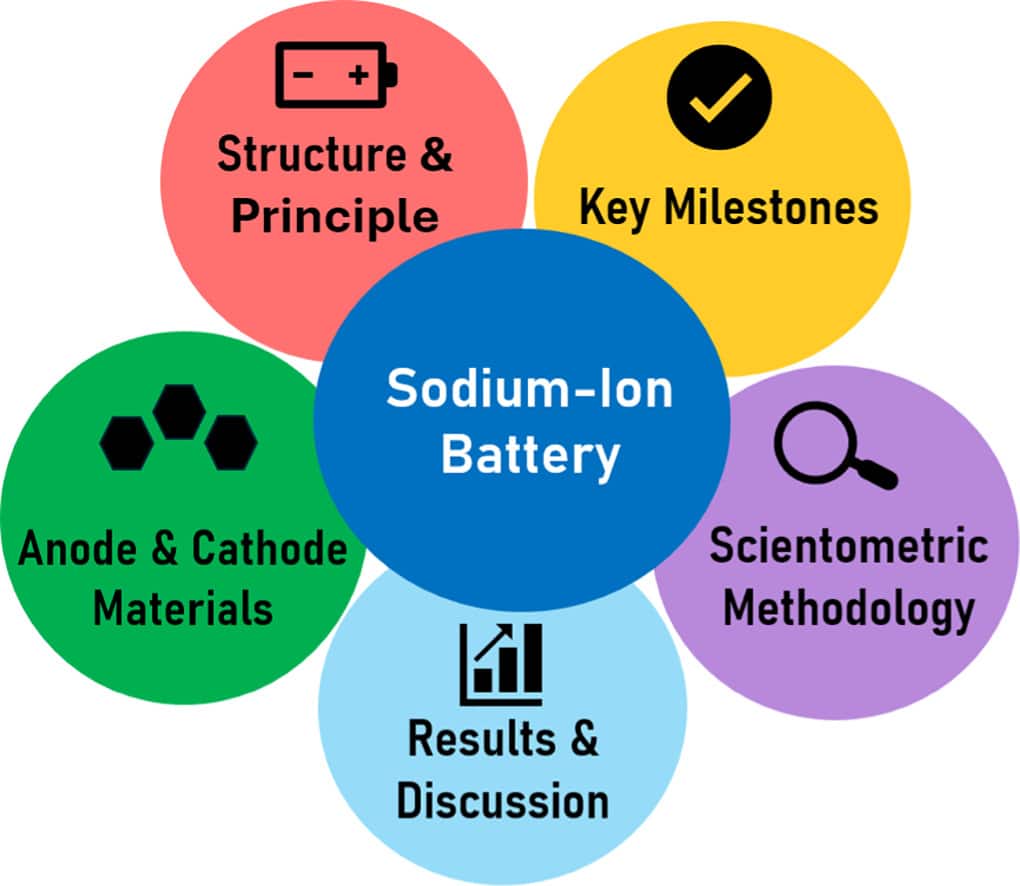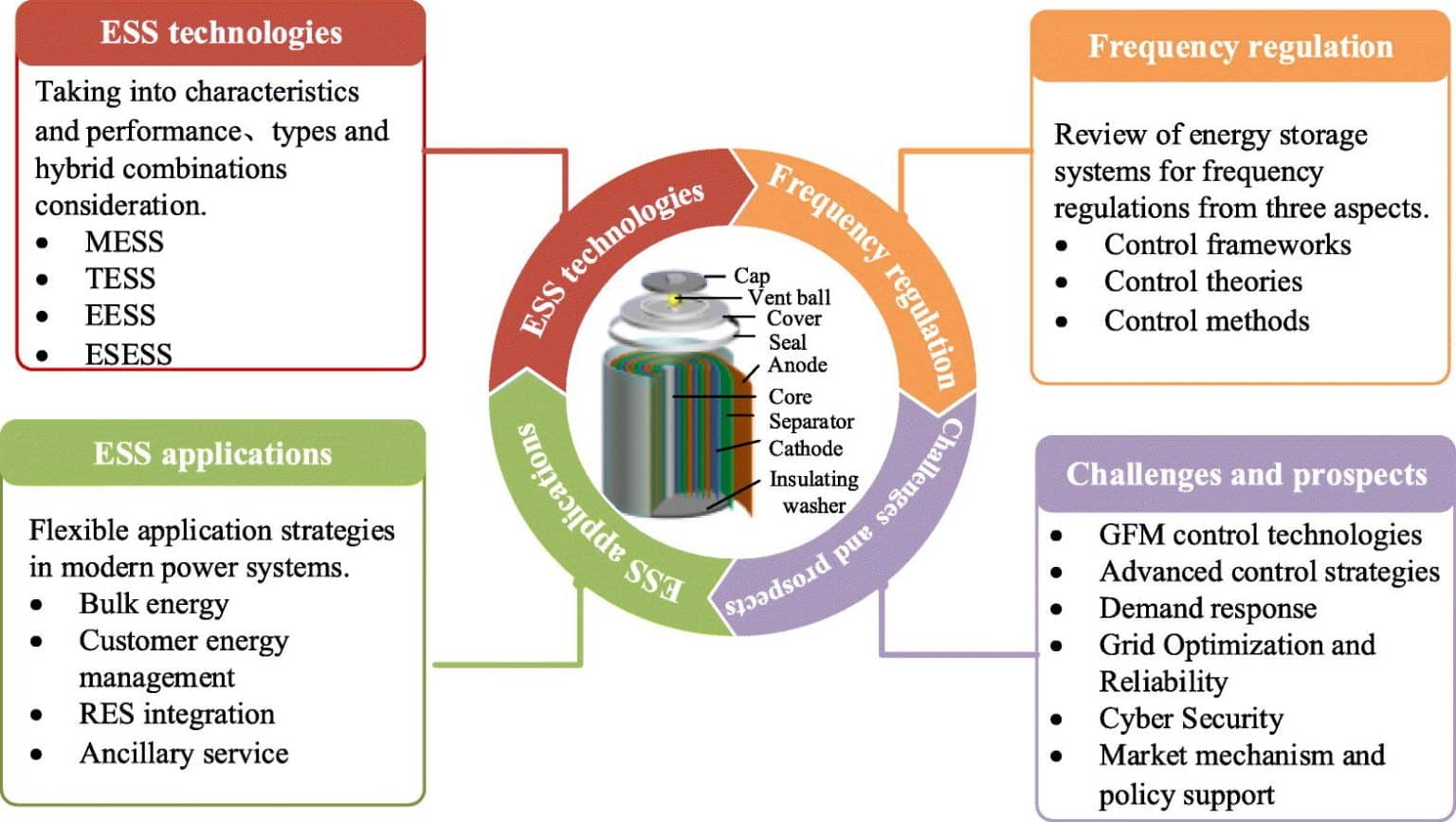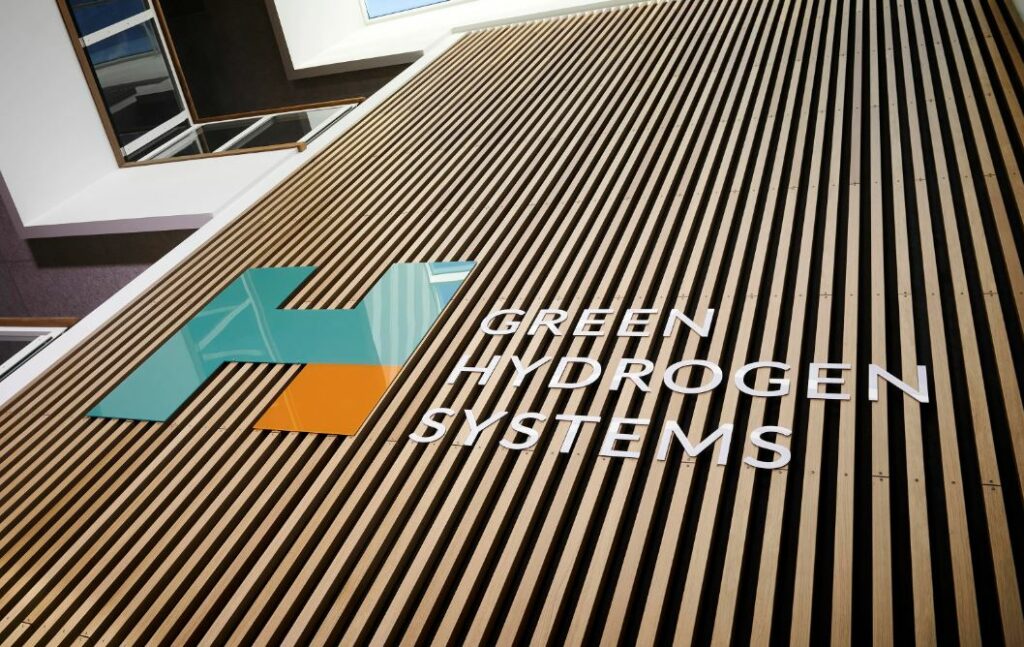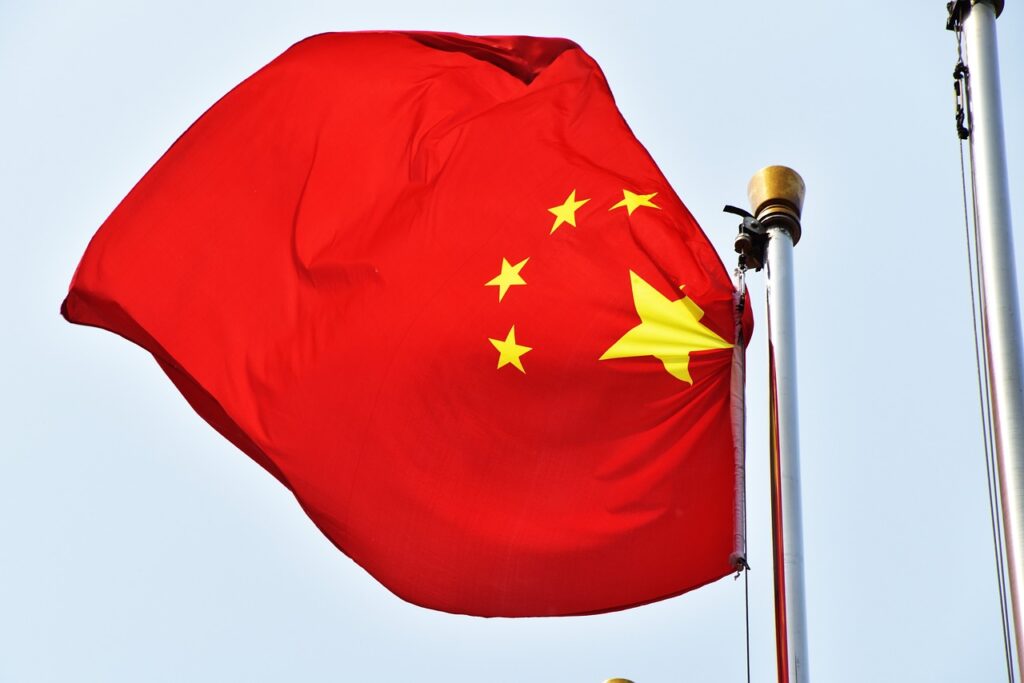By mid‑2025, the Senate’s GOP majority had every reason to trumpet a legislative victory: a 940‑page reconciliation package promising permanent tax cuts, beefed‑up military spending and border security, all wrapped in President Trump’s “One Big Beautiful Bill.” Yet buried in that ostentation lies a far darker reality: the near‑obliteration of America’s clean energy future. At the heart of the uproar are the dramatic rollbacks to the Investment Tax Credit (ITC) and Production Tax Credit (PTC) for wind, solar and storage projects. A recent analysis shows the Senate version phases full‑value credits down to zero by 2032—shrinking support from 100 percent today…
Author: Arnes Biogradlija
By 2024, the global sodium-ion battery (SIB) research ecosystem had generated over 15,600 peer-reviewed publications—an exponential growth from fewer than 10 articles annually just two decades prior. This surge reflects not only scientific interest but also rising industrial urgency to find lithium alternatives amid volatile pricing and geopolitical constraints. A new scientometric review by Qahtan et al. provides the first comprehensive data-driven mapping of the SIB field, revealing both deep-rooted challenges and underexploited opportunities that will shape the trajectory of scalable energy storage. Material Abundance, But Technological Gaps Sodium, the sixth most abundant element in Earth’s crust, boasts a global…
In power systems with high shares of renewables, traditional inertia is vanishing. The surge in global renewable energy penetration—23.2% of power generation as of 2019 and climbing—has outpaced grid modernization efforts, creating a widening gap between power generation variability and system stability. This shift has elevated energy storage systems (ESSs) from supportive infrastructure to a central pillar in grid frequency regulation—a role previously dominated by conventional rotating machinery. Frequency Instability: A Consequence of High Renewable Penetration As synchronous generators give way to inverter-based renewable energy sources (RESs), system inertia, which historically dampened frequency deviations, is plummeting. The result is a…
As geopolitical tensions increasingly reshape global supply chains, Eve Energy’s $1.2 billion expansion into Malaysia signals more than a simple capacity boost—it reflects a broader strategic recalibration among Chinese battery manufacturers seeking to derisk export routes and regionalize production. The company’s announcement on June 27 to scale up energy storage battery production in Kedah State positions Malaysia as a rising node in the global energy storage value chain, but also raises questions about long-term competitiveness, localization, and trade policy exposure. Southeast Asia’s Rising Role in Battery Manufacturing Eve Energy’s project, set to occupy 484,000 square meters in Kulim City and…
The delivery of the first major project cargo to Duqm marks a quiet but critical milestone in Oman’s bid to become a global player in green hydrogen and ammonia. On the back of rising demand for zero-carbon fuels, the arrival of oversized plant equipment signals more than just construction progress—it underscores the intensifying competition across the Gulf to monetize renewable resources through export-oriented hydrogen value chains. Heavy Cargo Arrives Ahead of 2027 Commissioning Last week’s delivery, orchestrated by Khimji Ramdas Shipping, included 14 packages of heavy-lift equipment, among them a single component weighing 120 metric tonnes. The cargo was transported…
For over four decades, Greg Vezina has been warning that we’re backing the wrong horse. As CEO of Hydrofuel Canada, his message remains unchanged: ammonia is the real clean fuel, not hydrogen, not batteries, and not biofuels. In a world awash with climate pledges and costly techno-optimism, Vezina’s claim stands out: “We can produce ammonia fuel at a quarter of the cost of green hydrogen — and make it safer, cleaner, and cheaper than diesel.” WATCH THE FULL INTERVIEW HERE It’s not a fringe theory. With his MAPS (Micro Ammonia Production System) tech now at pilot-commercial scale, Vezina is betting…
As the global green hydrogen industry pushes toward industrial-scale deployment, technological efficiency at high pressures is emerging as a key competitive differentiator. Thyssenkrupp Nucera’s latest acquisition—select assets from bankrupt Green Hydrogen Systems A/S—signals a strategic move to consolidate expertise in pressurized alkaline electrolysis, aiming to eliminate one of the most energy-intensive steps in hydrogen handling: compression. Strategic Rationale Behind the Deal Thyssenkrupp Nucera’s acquisition, pending regulatory and administrative approval, targets core technological assets including intellectual property and a functional test site in Skive, Denmark, where Green Hydrogen Systems had demonstrated its 35-bar alkaline electrolysis platform. According to Nucera CEO Dr.…
In a world supposedly racing toward net zero, one element of the clean energy arsenal still hasn’t left the lab: the hydrogen fuel cell. Despite decades of promises, breakthroughs, and public funding, commercial viability remains elusive. And it may come down to something as fundamental as material limits. WATCH THE FULL INTERVIEW “There’s only about 60,000 tons of platinum on Earth,” says Dr. Quentin Meyer, President of the Fuel Cell Division at the International Association for Hydrogen Energy. “That’s nowhere near enough to support a global hydrogen economy.” Platinum, the industry’s catalytic gold standard, is both scarce and expensive. Alternative…
Energy News is proud to welcome Ryan Sookhoo to our Advisory Board—an industry veteran who brings over two decades of hard-won experience at the front lines of hydrogen deployment and commercialization. From securing the first UL-certified fuel cell module to spearheading market strategies across aerospace, marine, mining, and heavy-duty transport, Sookhoo has proven himself a catalyst for clean energy progress in sectors that matter. Sookhoo is not merely a technical expert, though his career began in electrical engineering at Hydrogenics—he’s a cross-functional leader who’s thrived in roles that demanded both vision and execution. His leadership at Accelera by Cummins and…
On January 1, 2025, China reclassified hydrogen as a core energy resource, rather than a hazardous chemical. This change is more than legal semantics. It resets how hydrogen can be planned, stored, transported, and integrated into national infrastructure. As the country steps into its 15th Five-Year Plan (2026–2030), hydrogen is no longer peripheral—it’s foundational. Acceleration in mobility The years 2025 to 2027 are shaping up to be a hinge point for China’s hydrogen-powered transport sector. The expectation: oil demand will peak by 2027, creating an opening for new propulsion systems to scale. China already operates more hydrogen refuelling stations than…











